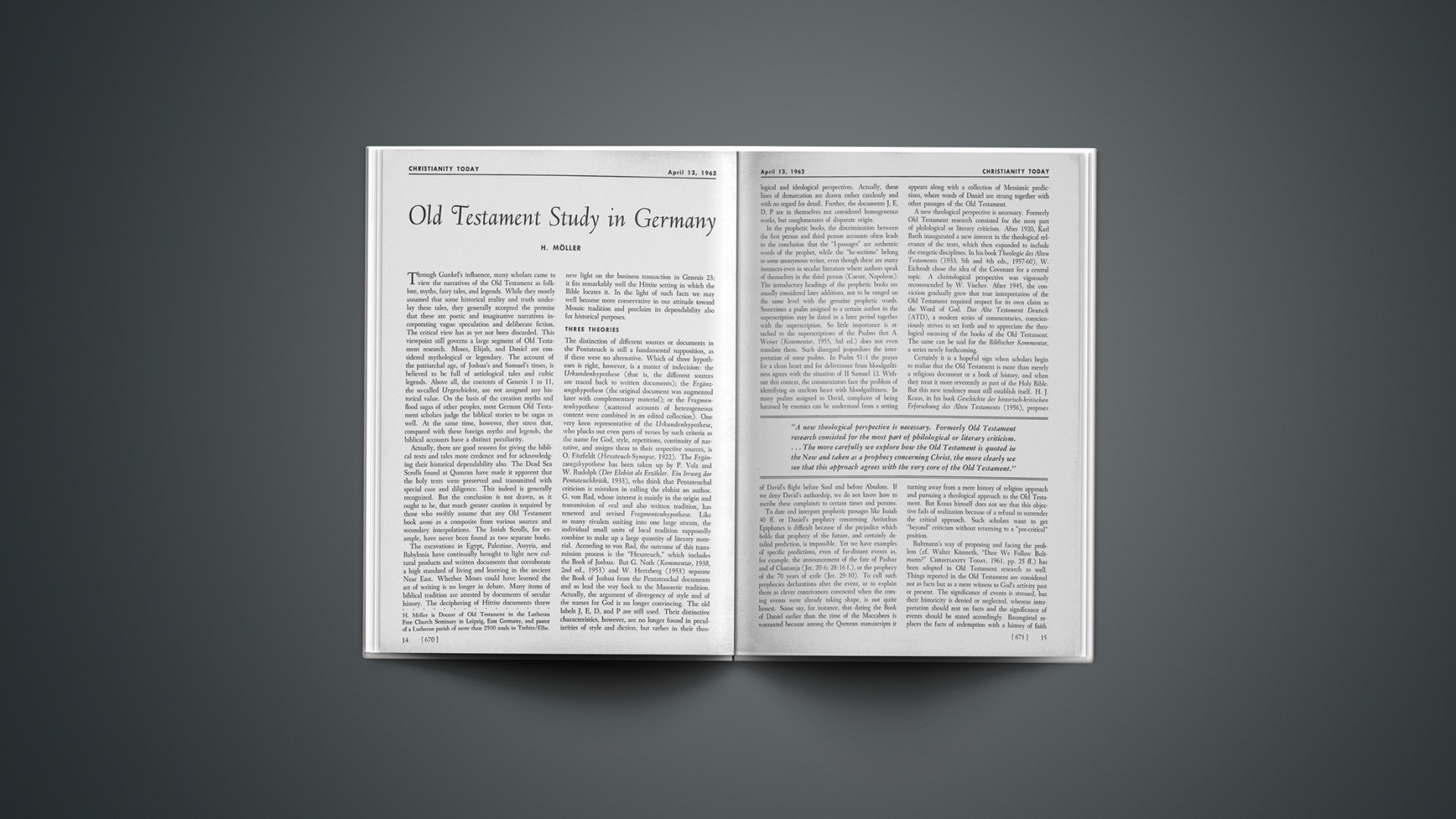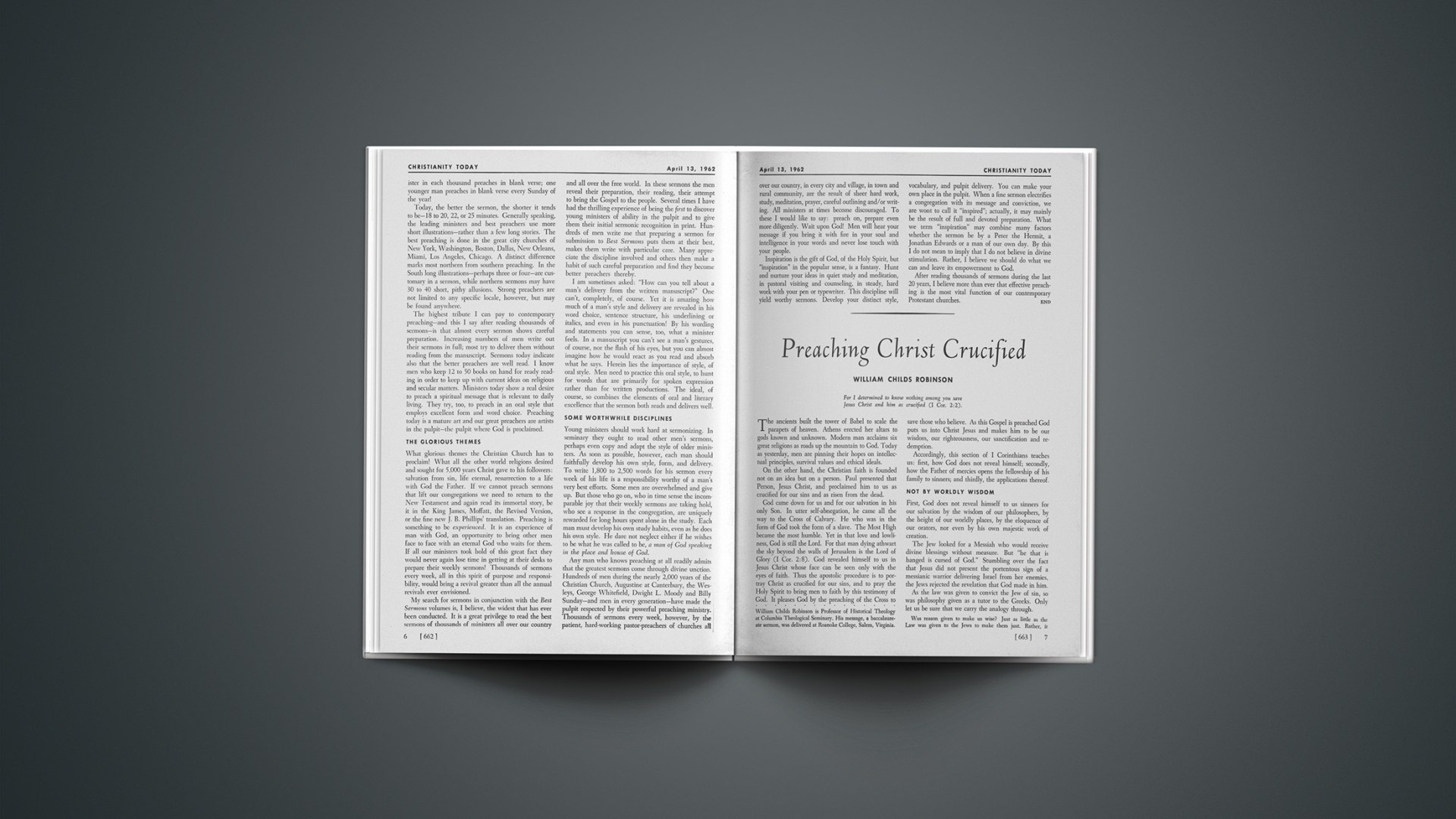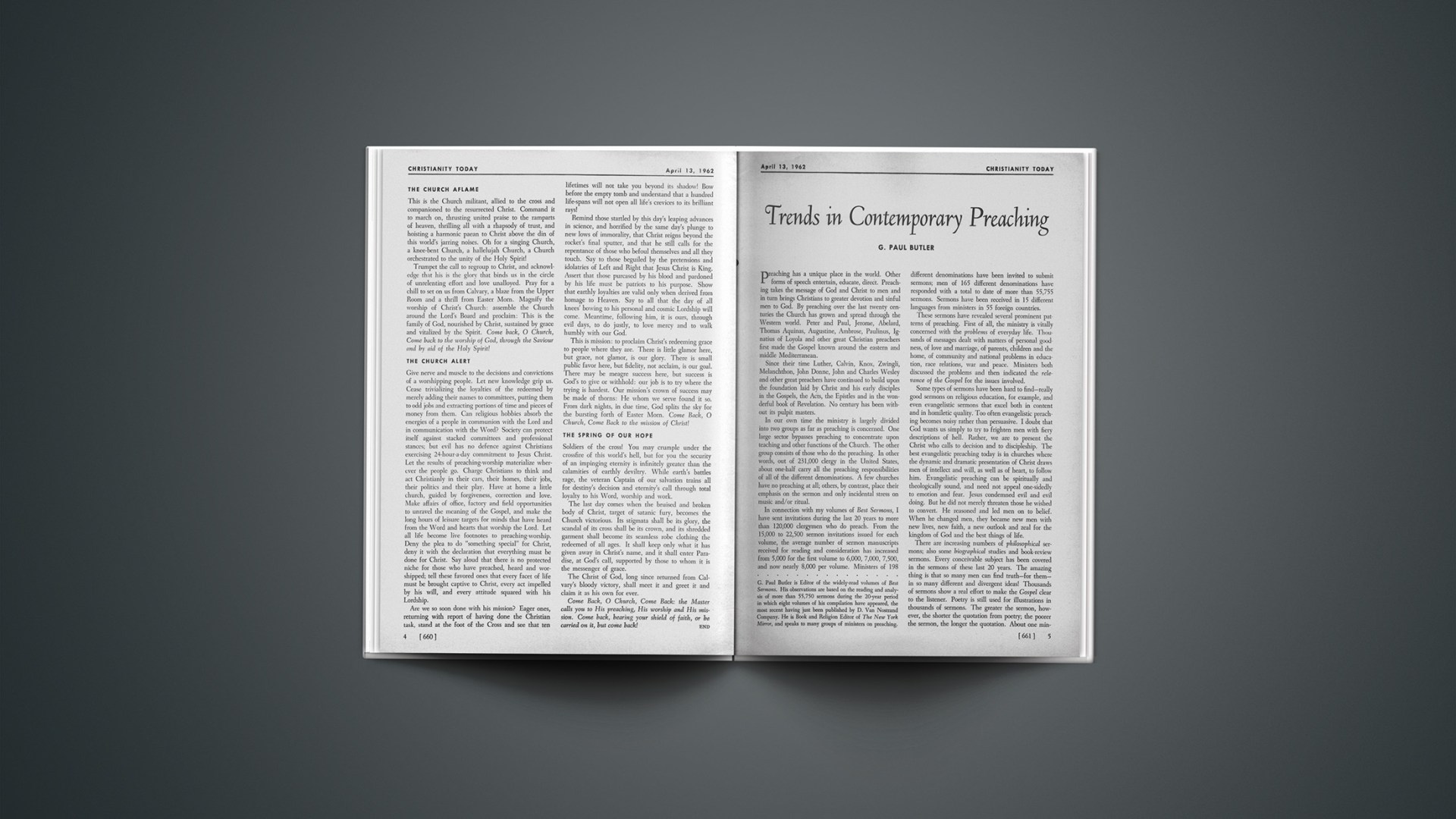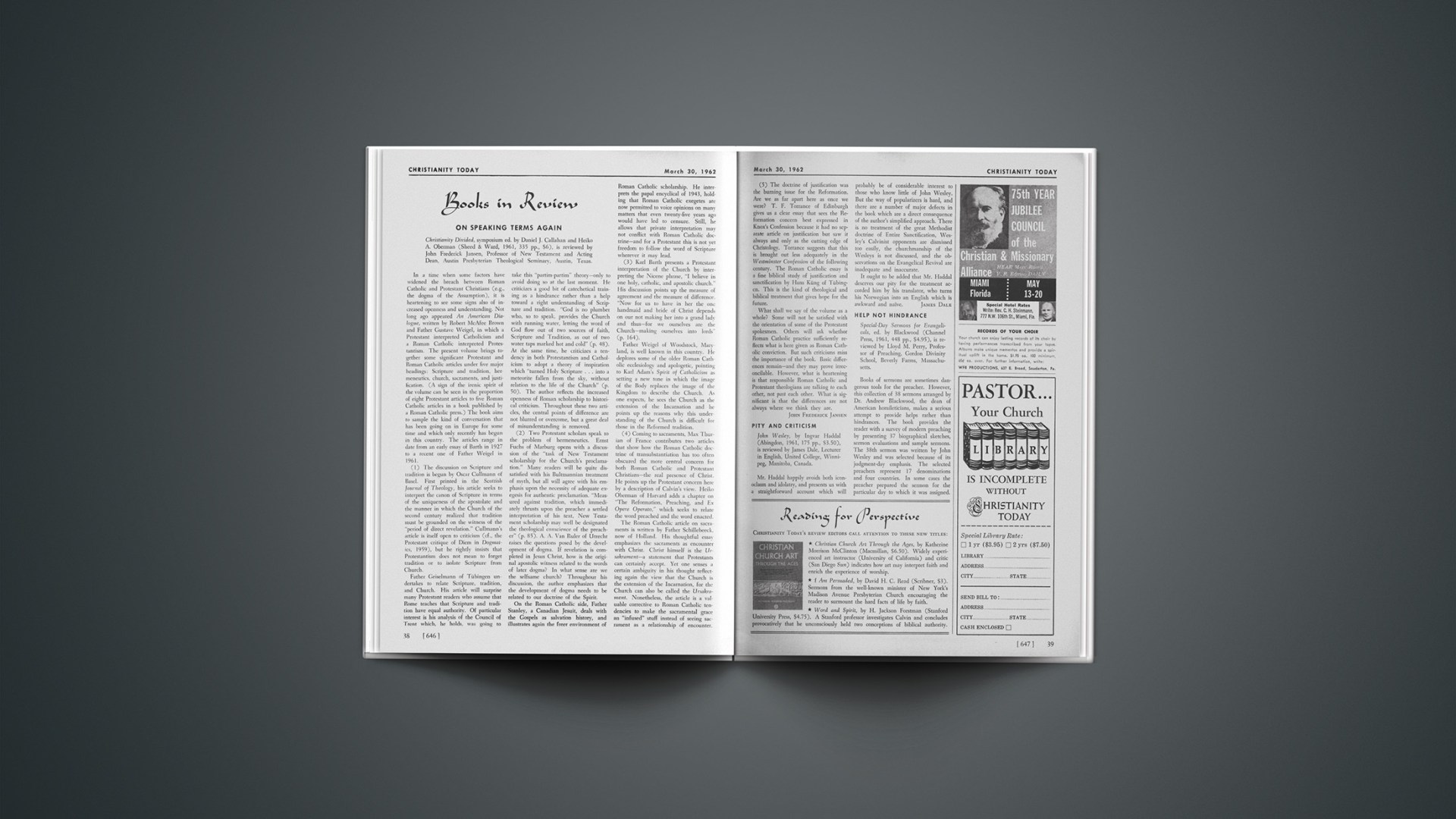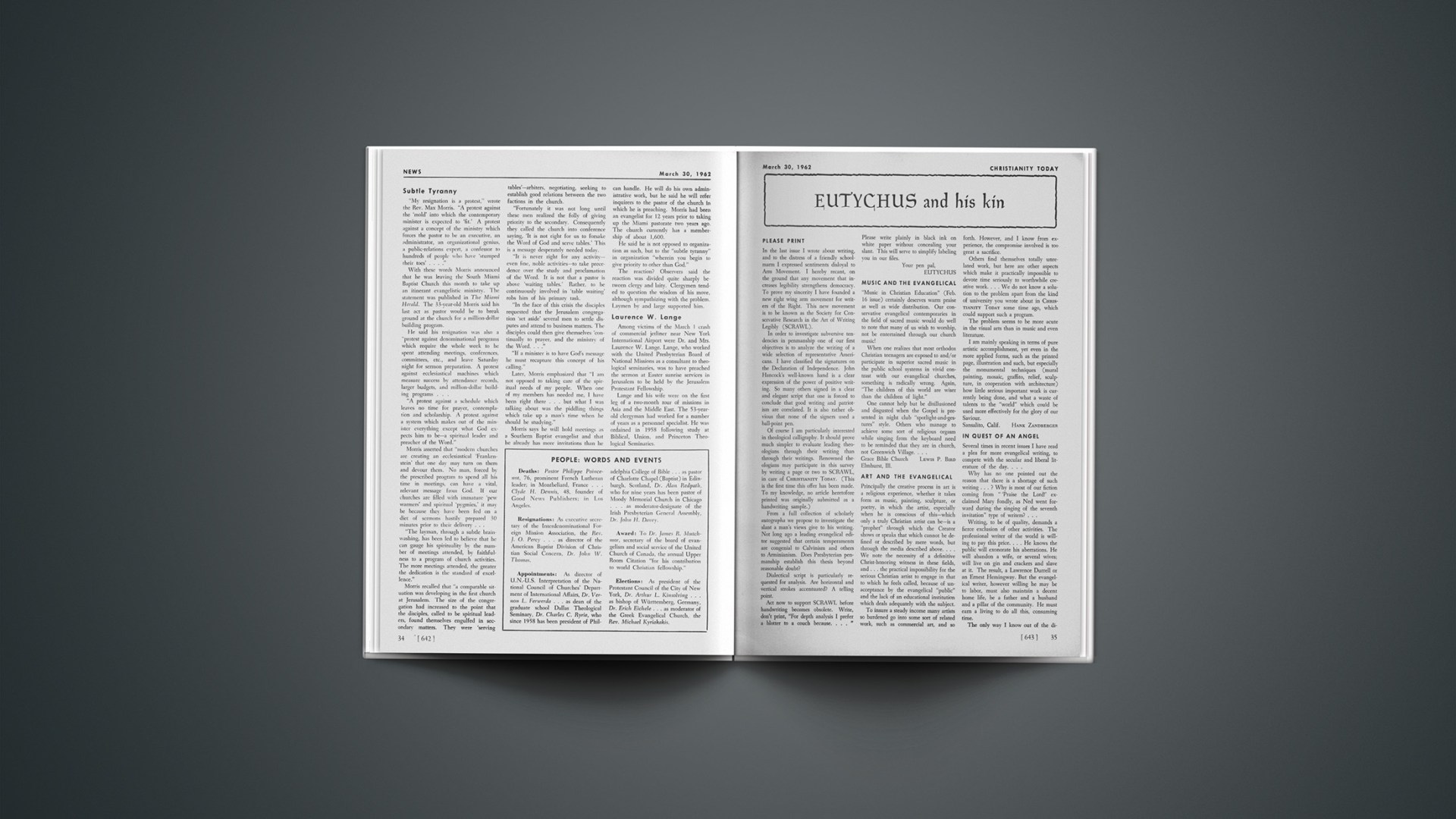Through Gunkel’s influence, many scholars came to view the narratives of the Old Testament as folklore, myths, fairy tales, and legends. While they mostly assumed that some historical reality and truth underlay these tales, they generally accepted the premise that these are poetic and imaginative narratives incorporating vague speculation and deliberate fiction. The critical view has as yet not been discarded. This viewpoint still governs a large segment of Old Testament research. Moses, Elijah, and Daniel are considered mythological or legendary. The account of the patriarchal age, of Joshua’s and Samuel’s times, is believed to be full of aetiological tales and cultic legends. Above all, the contents of Genesis 1 to 11, the so-called Urgeschichte, are not assigned any historical value. On the basis of the creation myths and flood sagas of other peoples, most German Old Testament scholars judge the biblical stories to be sagas as well. At the same time, however, they stress that, compared with these foreign myths and legends, the biblical accounts have a distinct peculiarity.
Actually, there are good reasons for giving the biblical texts and tales more credence and for acknowledging their historical dependability also. The Dead Sea Scrolls found at Qumran have made it apparent that the holy texts were preserved and transmitted with special care and diligence. This indeed is generally recognized. But the conclusion is not drawn, as it ought to be, that much greater caution is required by those who swiftly assume that any Old Testament book arose as a composite from various sources and secondary interpolations. The Isaiah Scrolls, for example, have never been found as two separate books.
The excavations in Egypt, Palestine, Assyria, and Babylonia have continually brought to light new cultural products and written documents that corroborate a high standard of living and learning in the ancient Near East. Whether Moses could have learned the art of writing is no longer in debate. Many items of biblical tradition are attested by documents of secular history. The deciphering of Hittite documents threw new light on the business transaction in Genesis 23; it fits remarkably well the Hittite setting in which the Bible locates it. In the light of such facts we may well become more conservative in our attitude toward Mosaic tradition and proclaim its dependability also for historical purposes.
Three Theories
The distinction of different sources or documents in the Pentateuch is still a fundamental supposition, as if there were no alternative. Which of three hypotheses is right, however, is a matter of indecision: the Urkundenhypothese (that is, the different sources are traced back to written documents); the Ergänzungshypothese (the original document was augmented later with complementary material); or the Fragmentenhypothese (scattered accounts of heterogeneous content were combined in an edited collection). One very keen representative of the Urkundenhypothese, who plucks out even parts of verses by such criteria as the name for God, style, repetitions, continuity of narrative, and assigns them to their respective sources, is O. Eiszfeldt (Hexateuch-Synopse, 1922). The Ergänzungshypothese has been taken up by P. Volz and W. Rudolph (Der Elohist als Erzähler. Ein Irrweg der Pentateuchkritik, 1933), who think that Pentateuchal criticism is mistaken in calling the elohist an author. G. von Rad, whose interest is mainly in the origin and transmission of oral and also written tradition, has renewed and revised Fragmentenhypothese. Like so many rivulets uniting into one large stream, the individual small units of local tradition supposedly combine to make up a large quantity of literary material. According to von Rad, the outcome of this transmission process is the “Hexateuch,” which includes the Book of Joshua. But G. Noth (Kommentar, 1938, 2nd ed., 1953) and W. Hertzberg (1953) separate the Book of Joshua from the Pentateuchal documents and so lead the way back to the Masoretic tradition. Actually, the argument of divergency of style and of the names for God is no longer convincing. The old labels J, E, D, and P are still used. Their distinctive characteristics, however, are no longer found in peculiarities of style and diction, but rather in their theological and ideological perspectives. Actually, these lines of demarcation are drawn rather carelessly and with no regard for detail. Further, the documents J, E, D, P are in themselves not considered homogeneous works, but conglomerates of disparate origin.
In the prophetic books, the discrimination between the first person and third person accounts often leads to the conclusion that the “I-passages” are authentic words of the prophet, while the “he-sections” belong to some anonymous writer, even though there are many instances even in secular literature where authors speak of themselves in the third person (Caesar, Napoleon). The introductory headings of the prophetic books are usually considered later additions, not to be ranged on the same level with the genuine prophetic words. Sometimes a psalm assigned to a certain author in the superscription may be dated in a later period together with the superscription. So little importance is attached to the superscriptions of the Psalms that A. Weiser (Kommentar, 1955, 3rd ed.) does not even translate them. Such disregard jeopardizes the interpretation of some psalms. In Psalm 51:1 the prayer for a clean heart and for deliverance from bloodguiltiness agrees with the situation of 2 Samuel 12. Without this context, the commentators face the problem of identifying an unclean heart with bloodguiltiness. In many psalms assigned to David, complaint of being harassed by enemies can be understood from a setting appears along with a collection of Messianic predictions, where words of Daniel are strung together with other passages of the Old Testament.
A new theological perspective is necessary. Formerly Old Testament research consisted for the most part of philological or literary criticism. After 1920, Karl Barth inaugurated a new interest in the theological relevance of the texts, which then expanded to include the exegetic disciplines. In his book Theologie des Alten Testaments (1933; 5th and 4th eds., 1957–60), W. Eichrodt chose the idea of the Covenant for a central topic. A christological perspective was vigorously recommended by W. Vischer. After 1945, the conviction gradually grew that true interpretation of the Old Testament required respect for its own claim as the Word of God. Das Alte Testament Deutsch (ATD), a modern series of commentaries, conscientiously strives to set forth and to appreciate the theological meaning of the books of the Old Testament. The same can be said for the Biblischer Kommentar, a series newly forthcoming.
Certainly it is a hopeful sign when scholars begin to realize that the Old Testament is more than merely a religious document or a book of history, and when they treat it more reverently as part of the Holy Bible. But this new tendency must still establish itself. H. J. Kraus, in his book Geschichte der historisch-kritischen Erforschung des Alten Testaments (1956), proposes of David’s flight before Saul and before Absalom. If we deny David’s authorship, we do not know how to ascribe these complaints to certain times and persons.
To date and interpret prophetic passages like Isaiah 40 ff. or Daniel’s prophecy concerning Antiochus Epiphanes is difficult because of the prejudice which holds that prophecy of the future, and certainly detailed prediction, is impossible. Yet we have examples of specific predictions, even of far-distant events as, for example, the announcement of the fate of Pashur and of Chananja (Jer. 20:6; 28:16 f.), or the prophecy of the 70 years of exile (Jer. 29:10). To call such prophecies declarations after the event, or to explain them as clever contrivances concocted when the coming events were already taking shape, is not quite honest. Some say, for instance, that dating the Book of Daniel earlier than the time of the Maccabees is warranted because among the Qumran manuscripts it turning away from a mere history of religion approach and pursuing a theological approach to the Old Testament. But Kraus himself does not see that this objective fails of realization because of a refusal to surrender the critical approach. Such scholars want to get “beyond” criticism without returning to a “pre-critical” position.
Bultmann’s way of proposing and facing the problem (cf. Walter Künneth, “Dare We Follow Bultmann?” CHRISTIANITY TODAY, 1961, pp. 25 ff.) has been adopted in Old Testament research as well. Things reported in the Old Testament are considered not as facts but as a mere witness to God’s activity past or present. The significance of events is stressed, but their historicity is denied or neglected, whereas interpretation should rest on facts and the significance of events should be stated accordingly. Baumgärtel replaces the facts of redemption with a history of faith and of piety. Noth and von Rad do, in fact, emphasize the divine deeds of redemption and the blessings of Israel; but the outlines of the history of Israel and of the gradual growth of the Pentateuch (or Hexateuch) they delineate in a rather arbitrary manner. The oldest set of traditions von Rad finds in accounts of the conquest of the Promised Land, to which a group of Sinai traditions was added, followed by the account of the patriarchs. Last of all, the Urgeschichte was supposedly constructed, like a porch, to introduce the whole book. There are divergent emphases according to theories of “Kerygma,” “Tradition,” and “Credo.” At the same time, the expressions “fairy tale,” “saga,” “myth” continue in use; to see their spiritual meaning one must “demythologize” them! This mixing of criticism and theology can only turn out rather badly. The critical view will rise up against the theological interpretation; and the theological view in crucial passages will either ignore the critical view or, if hampered by criticism, fail to realize its own intention.
The christological interpretation that has begun to reassert itself accords with one of Christ’s statements in John 5:39 and with a sentence from Luther, namely, that every part of the Holy Scriptures speaks of Christ. V. Herntrich, in his commentary on Isaiah 1:12 (1950), has distinctly marked the Messianic line. But there are many other prophetic passages that allow or even demand Messianic interpretation that as yet wait to be treated as such. The Messianic hope announced in the Psalms has not yet been recognized in its full extent, strength, and meaning.
In the present discussion, the question whether or not a typological interpretation is justified is important. (Essays in various periodicals and publications on this problem have been collected in a book Probleme alttestamentlicher Hermeneutik, 1960.) F. Baumgärtel passionately disapproves of typology; G. von Rad, H. W. Wolff, and W. Eichrodt support it. Typology has its roots and its model in certain ideas of the Old Testament (the tabernacle was made after a pattern proposed to Moses by God) and, more clearly, in the typological quotations of Old Testament passages in the New. Most scholars, it is true, refuse to adopt this method on the ground that its results assertedly come through retrospection only, no systematic relation being affirmed between type and antitype. W. Eichrodt, W. Hertzberg (ZAW 1936, and Kommentar Die Samuelbücher, 1956), and Cramer (Genesis 1–11: Urgeschichte?, 1961) say that the Old Testament has realized a Nachgeschichte, an after-history, in the New; on the other hand, some of the relationships claimed as typological actually belong to the category of outright Messianic predictions.
F. Baumgärtel (Verheiszung, 1952) refuses to state any relationship between the Old and the New Testaments in the way of prophecy and fulfillment. Like him, many scholars believe that the method of the New Testament writers of quoting prophetic passages in order to demonstrate their fulfillment in Jesus Christ is invalid today. But here, too, we should learn from the New Testament. The more carefully we explore how the Old Testament is quoted in the New and taken as a prophecy concerning Christ, the more clearly we see that this approach agrees with the very core of the Old Testament.
Neither are modern notions of how the prophets received their revelations nor modern evaluations of the sacrificial cult of Israel fully satisfactory. The prophetic phrase “Thus saith the Lord” is still too much regarded as a mere stylistic flourish, and the contents of the prophetic message interpreted as derived from their everyday experience. In presenting the accounts of the patriarchs, great importance is attributed to sanctuaries as the place of origin and of transmission. The Psalms are unanimously considered as stemming from the sacrificial ritual. The giving of the Mosaic priestly Torah is still depreciated. Too many German Old Testament scholars still do not adequately emphasize that the sacrificial ritual was a means of reconciliation instituted by God himself (Lev. 17:11).
Judas, One of the Twelve
Judas came,
He that betrayed the Christ,
And with a kiss exposed Him to the throng.
“Hail, Rabbi.”
Jesus stood,
Knowing his purpose well,
And said, “Do that for which thou art come,
Friend.”
Then Judas thought
To right the sinful wrong;
Brought back the bribe of thirty silver coins.
“I have sinned!”
The elders turned
Declining any part.
The chief priests spoke for all: “What is it to us?
See thou to that.”
And Judas went,
Casting the silver from him.
With noose in hand, he found a lonely place
And spoke no more.
DOROTHY D. MEYERINK

